How Can Flexible Packaging Companies Ensure Production Amid Sudden Temperature Drops?
As the world grapples with unpredictable weather patterns, businesses, including flexible packaging companies, are facing new challenges. Sudden temperature drops can have a significant impact on the production process, especially for soft packaging materials like plastics and laminates. In this article, we will discuss how flexible packaging companies can navigate the challenges posed by extreme temperature fluctuations and ensure consistent, high-quality production. We will also explore how digital printing technology can play a key role in this process, providing a solution to some of the complications caused by temperature variations.
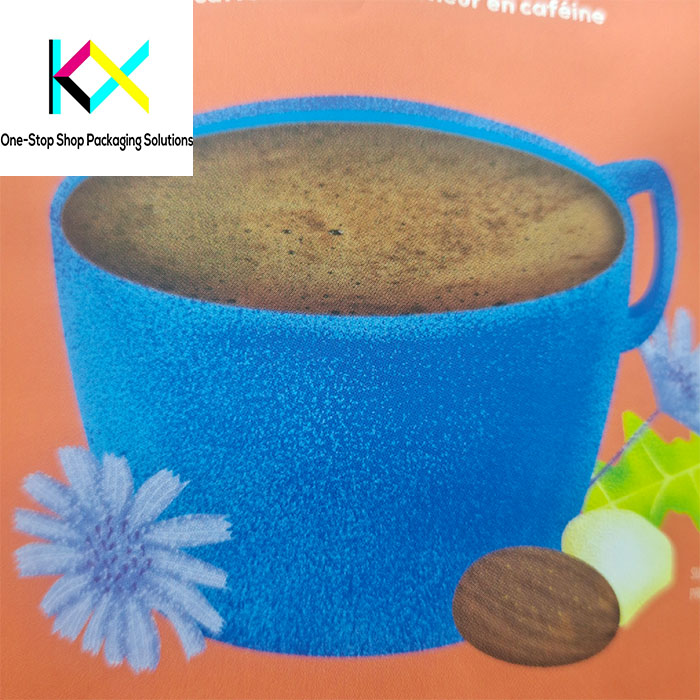
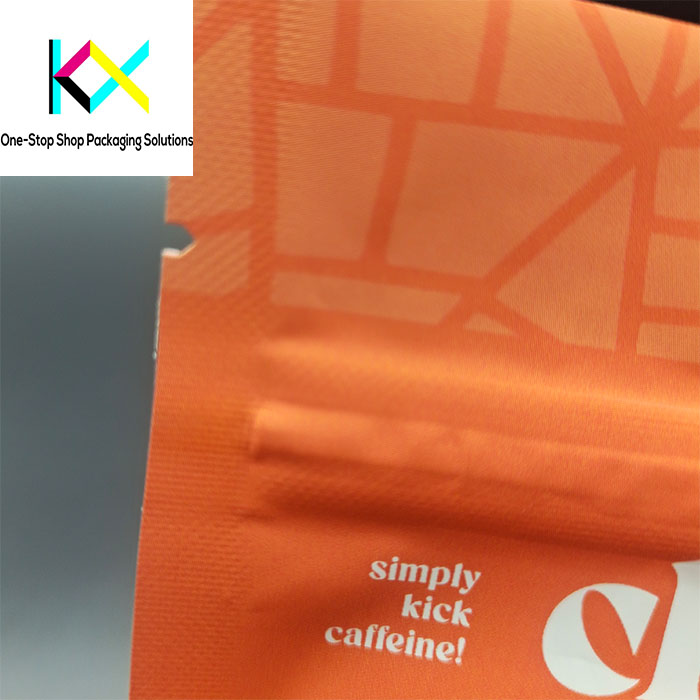
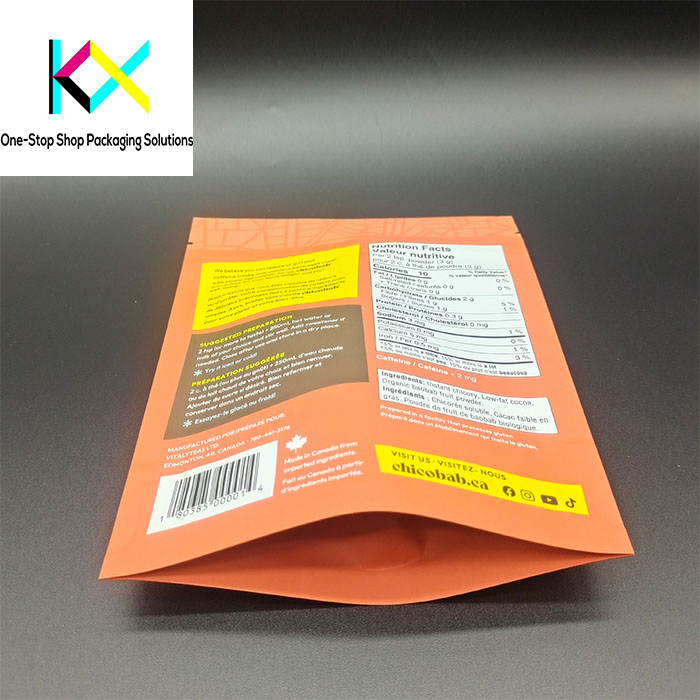
1. Impact of Temperature Drops on Flexible Packaging Production
Temperature fluctuations can negatively affect the materials used in flexible packaging, particularly those made from plastics, such as polyethylene (PE), polypropylene (PP), and bioplastics. When temperatures drop suddenly, several factors can disrupt the production process:
Material Brittleness: At lower temperatures, soft plastics and films can become more brittle, making them prone to cracking, tearing, or poor sealing. This can affect the integrity and durability of the packaging.
Inconsistent Adhesion: Many flexible packaging materials are coated or laminated with adhesives that require a specific temperature range for optimal bonding. When temperatures fall abruptly, these adhesives may not perform effectively, leading to weak seals and compromised package strength.
Slower Processing Speed: Cold temperatures can cause machinery, including extruders, printers, and sealing machines, to operate less efficiently. The viscosity of inks, coatings, and adhesives may increase, leading to slower application times and potential quality issues.
Reduced Ink Performance: Printing inks, especially those used in digital printing, can become thicker and harder to apply at lower temperatures. This can lead to poor color consistency, smudging, or poor adhesion to the substrate, affecting the final print quality.
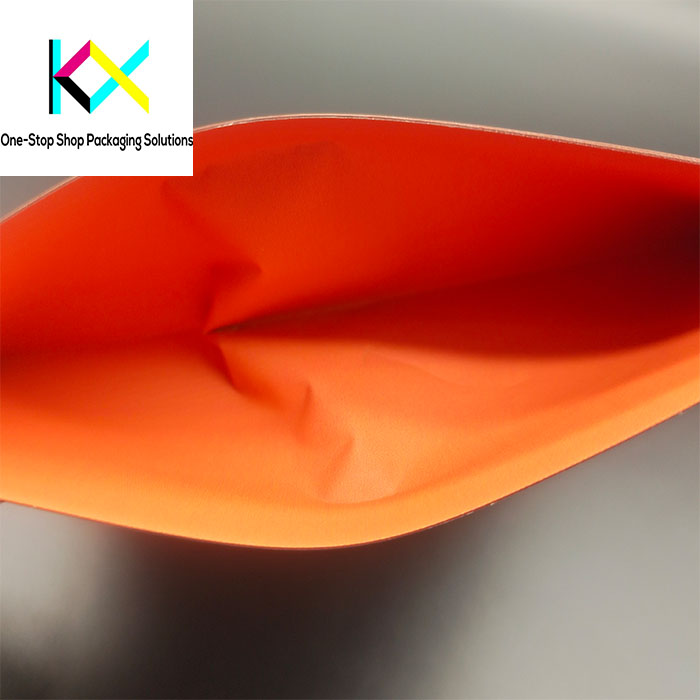
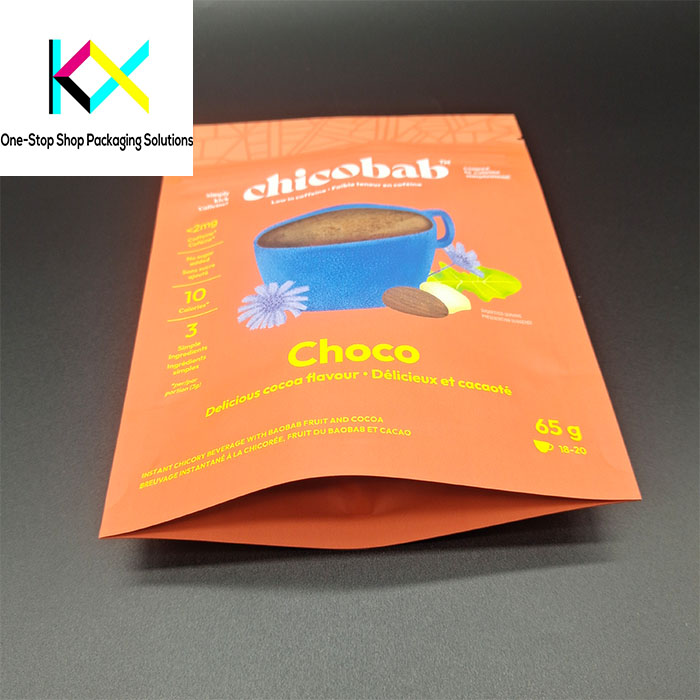
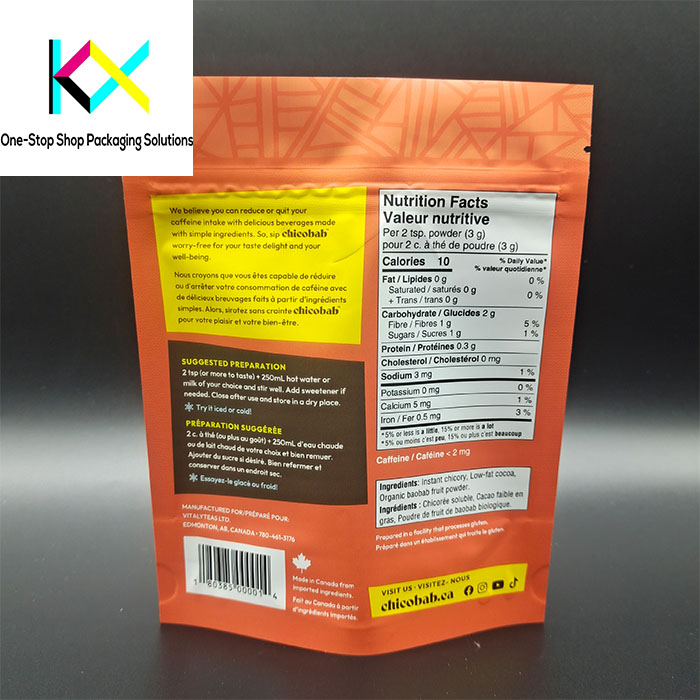
2. Strategies for Maintaining Production During Temperature Drops
To overcome the challenges posed by sudden temperature drops, flexible packaging companies need to adopt strategies that ensure the production process remains efficient and high-quality. Here are some key strategies:
Climate-Controlled Production Environments: One of the most effective ways to manage temperature fluctuations is by maintaining a climate-controlled production environment. By ensuring that the temperature within the production facility stays within an optimal range, companies can minimize the negative effects of external temperature changes on both materials and machinery. This is especially important for flexible packaging companies that rely on precise material properties to ensure consistent product quality.
Using Temperature-Resistant Materials: Another solution is to use materials that are more resistant to temperature changes. For instance, selecting packaging films that have better low-temperature performance or using more advanced adhesives that can maintain their effectiveness at lower temperatures can help prevent production delays or quality issues.
Optimizing Machinery Settings: Companies can also adjust the settings on their production equipment to account for the changes in material behavior due to colder temperatures. For example, increasing the temperature of the extruder, or adjusting the sealing time and pressure, can help to counteract the effects of temperature-induced changes in material properties.
Monitoring Ink Viscosity and Drying Times: Digital printing technology can be particularly sensitive to temperature changes, as it involves liquid inks that can behave differently in colder environments. To counter this, companies should monitor ink viscosity and adjust the printing parameters accordingly. They may also need to use dryers or curing lamps that are designed for colder temperatures to ensure that the ink adheres properly and dries efficiently.
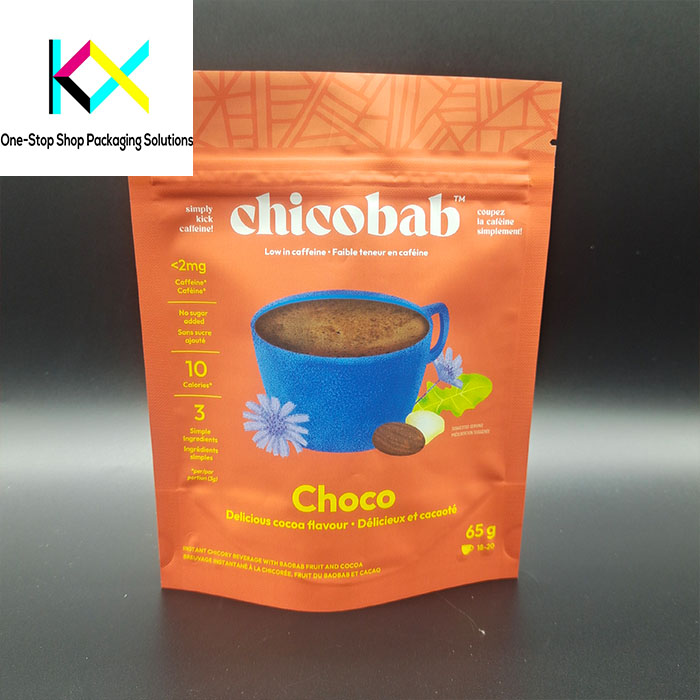
3. The Role of Digital Printing in Ensuring Consistency
Digital printing technology has become an indispensable tool for flexible packaging companies. It allows for precise, high-quality printing that meets the demands of modern consumer markets. However, cold temperatures can pose a challenge to digital printing operations, affecting ink performance and print quality. Here are ways digital printing can be optimized despite temperature fluctuations:
Advanced Inks and Drying Technology: Modern digital printing uses UV-curable inks, which are highly resistant to temperature changes. These inks dry quickly under UV light, making them ideal for environments with fluctuating temperatures. Furthermore, using water-based or eco-friendly inks designed for low-temperature applications can improve print results during colder months.
Flexible Printing Systems: Digital printers are often equipped with temperature-sensitive components such as print heads and curing systems. To ensure optimal performance, flexible packaging companies should invest in printers that feature automated temperature control systems. These systems adjust the printhead temperature and ink flow in real-time, ensuring that the printing process remains smooth, even during temperature dips.
Variable Data Printing: One of the most significant advantages of digital printing is its ability to perform variable data printing (VDP). This feature allows companies to personalize packaging designs with different graphics, QR codes, and barcodes without slowing down the production process. In a colder environment, digital printers can still perform VDP efficiently by adjusting ink settings and curing processes, ensuring that each print maintains consistent quality.
Seamless Integration with Other Technologies: Digital printing can also integrate with other production technologies such as laser perforation and spot varnishing, which are crucial for creating specialized flexible packaging. These technologies, when combined with digital printing, can help overcome the challenges posed by temperature drops by ensuring that all processes are aligned, even in colder conditions.
4. Sustainability and Energy Efficiency
Adapting to temperature drops doesn’t just require technical solutions; it also presents an opportunity for sustainable practices. By integrating energy-efficient heating systems and eco-friendly inks, flexible packaging companies can ensure their production process remains environmentally responsible. For instance, using water-based inks that are less sensitive to temperature changes can help reduce energy consumption related to curing processes.
Moreover, smart sensors can be used to track temperature fluctuations within production lines, allowing companies to adjust processes in real-time and minimize waste. This not only enhances productivity but also ensures that packaging materials are produced with minimal environmental impact.
5. Conclusion
In conclusion, flexible packaging companies face significant challenges during sudden temperature drops, including material brittleness, poor adhesion, and compromised ink performance. However, by implementing climate-controlled environments, using temperature-resistant materials, optimizing machinery settings, and leveraging advanced digital printing technologies, companies can maintain production efficiency and product quality. Digital printing, in particular, offers a powerful solution to the complications of temperature fluctuations, providing flexibility and high-quality results despite environmental challenges. Through these strategies, flexible packaging companies can continue to thrive in an unpredictable climate while meeting the demands of an ever-changing marketplace.
You can visit our website to know more about our flexible packaging pouch:
